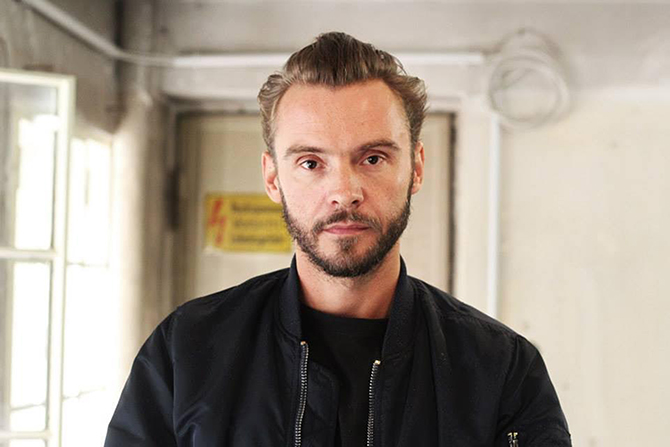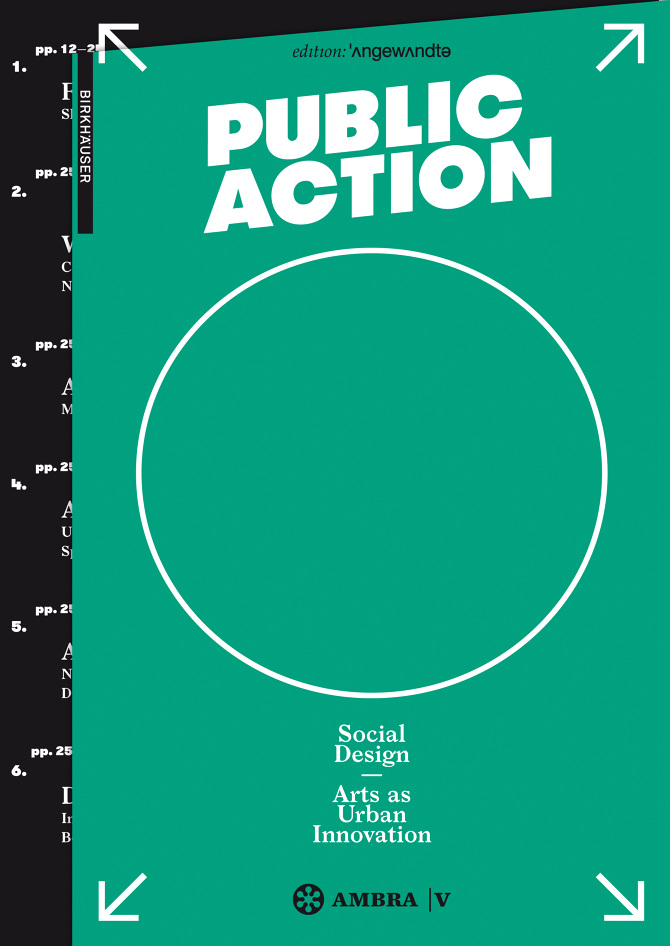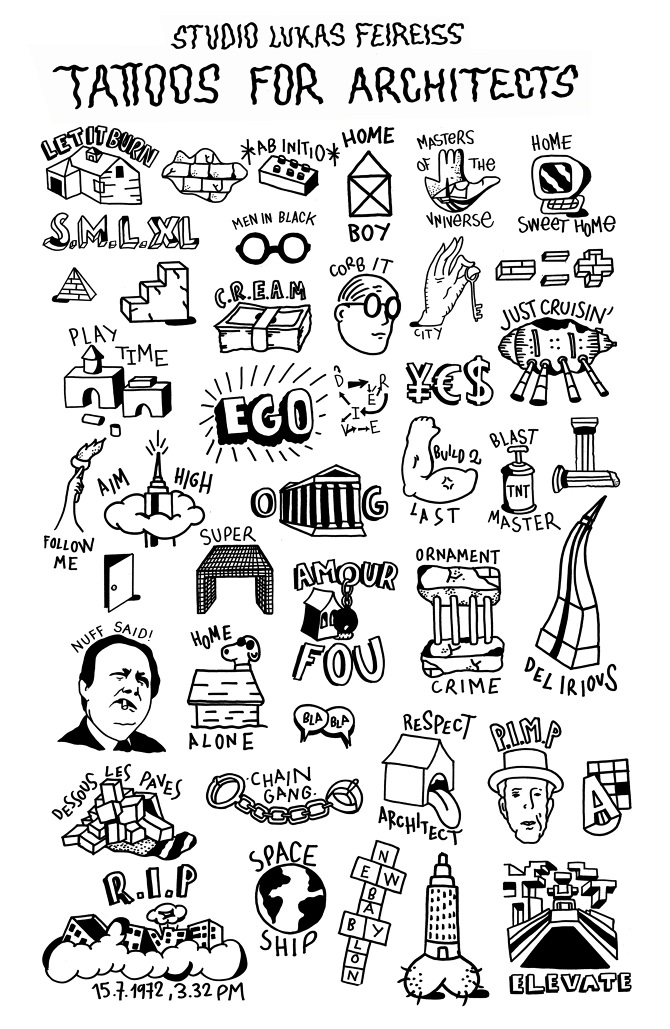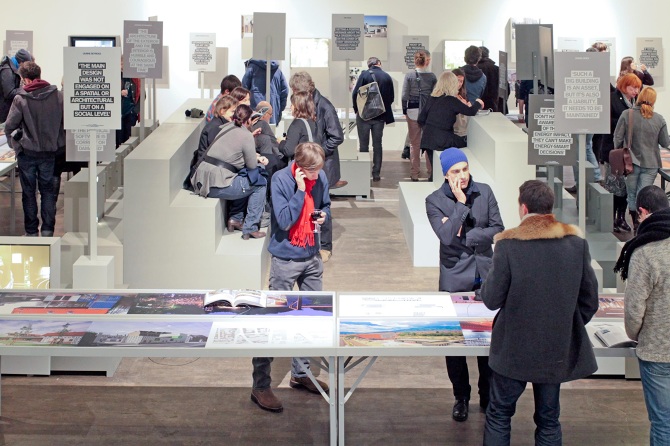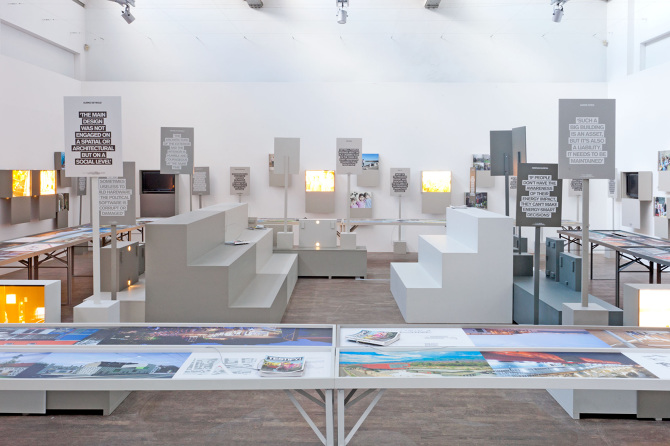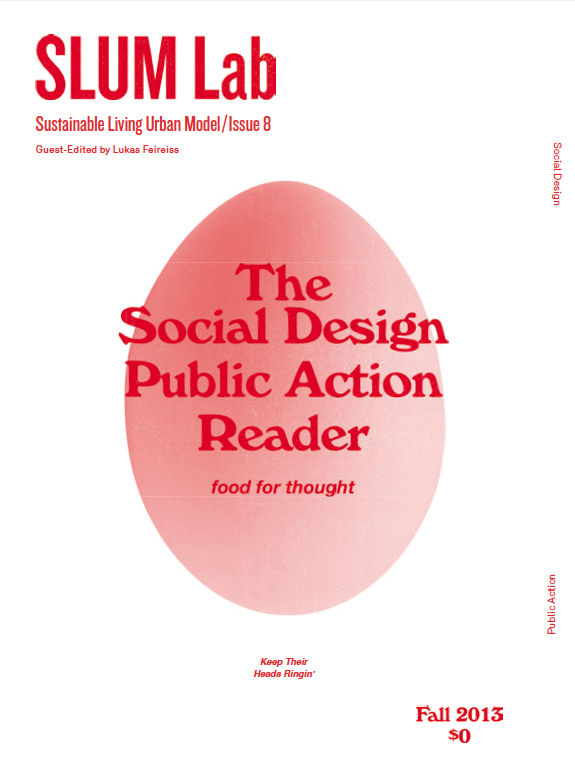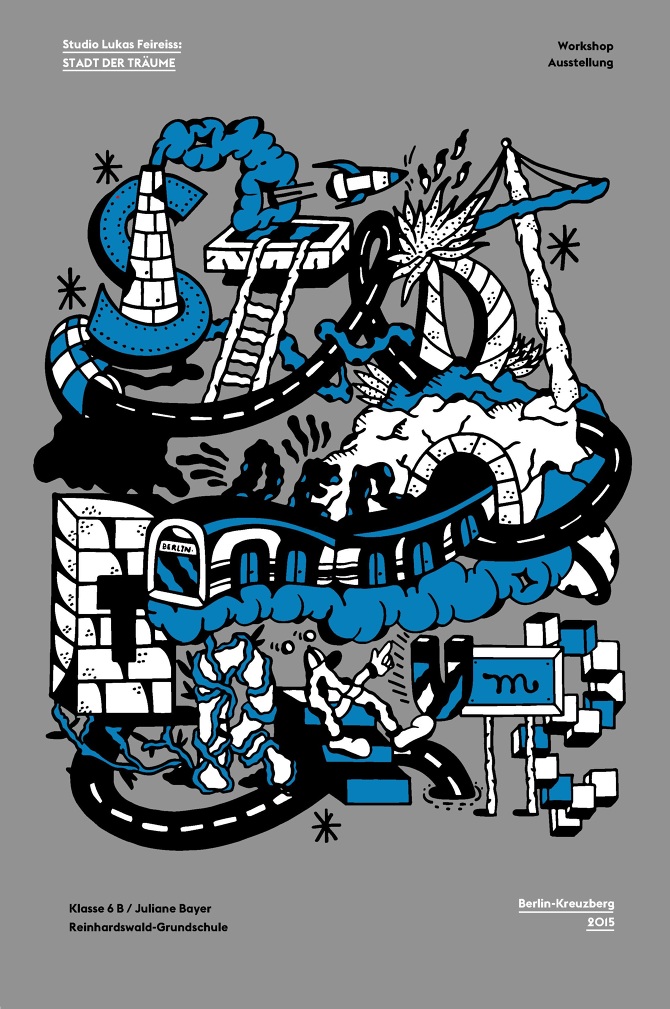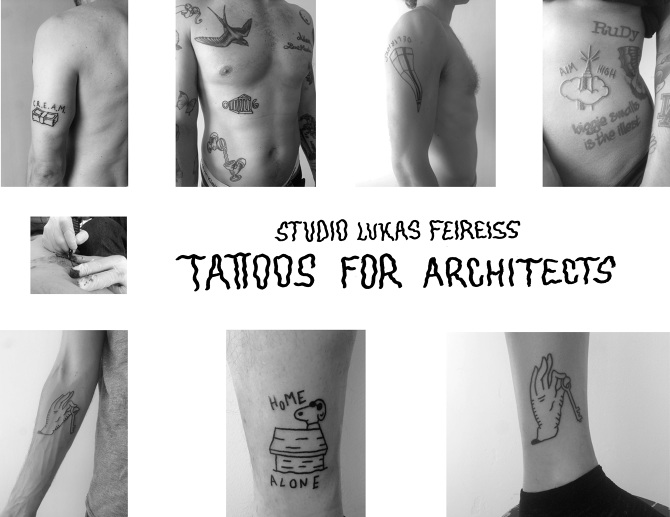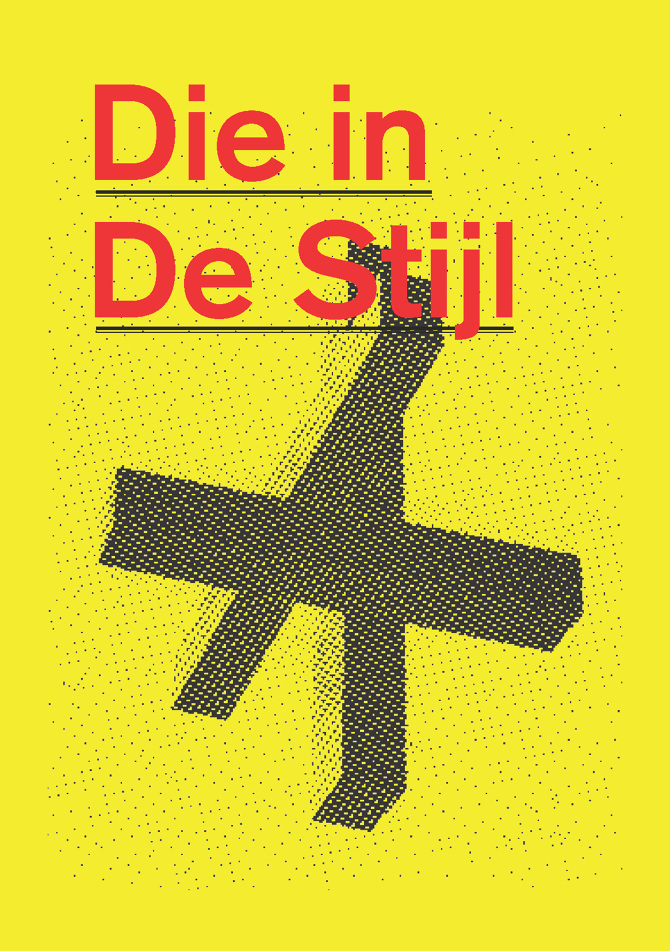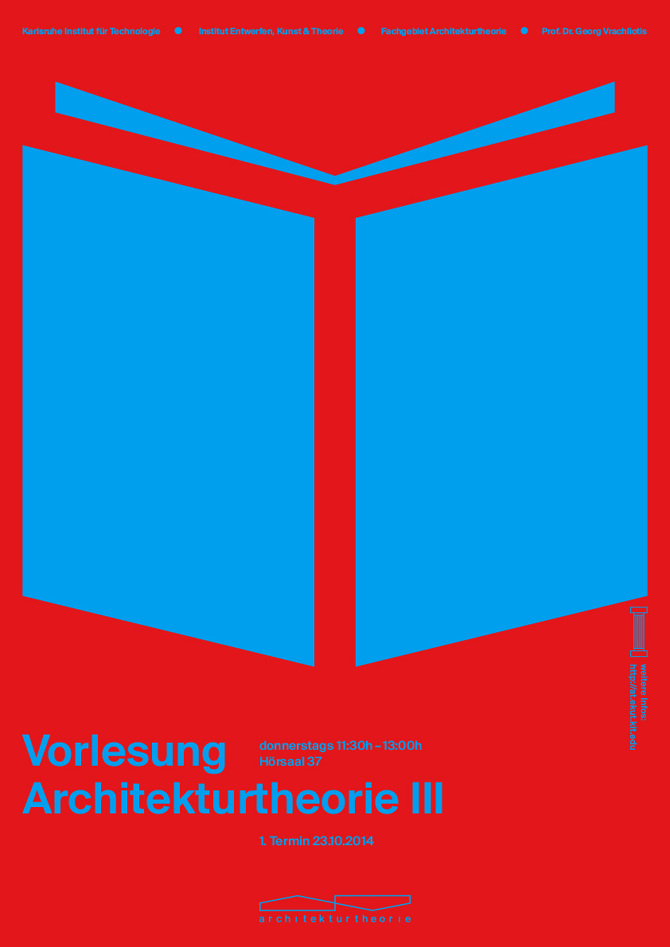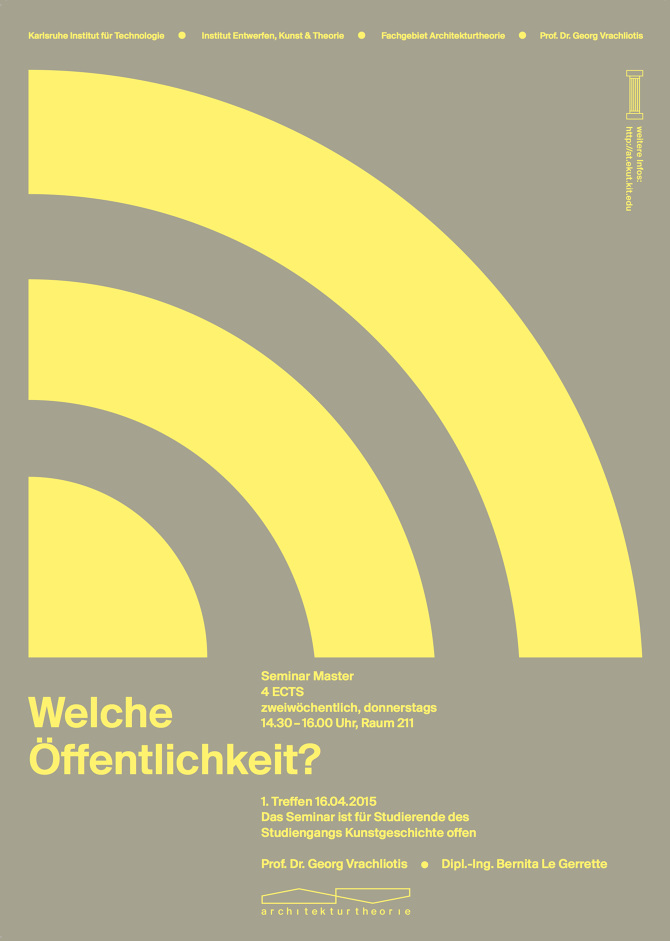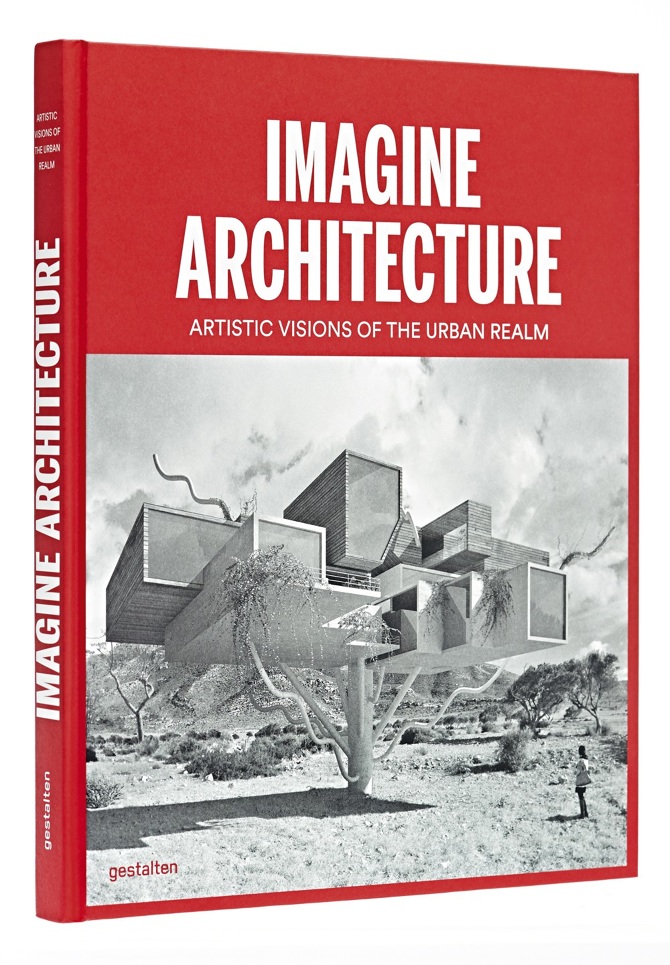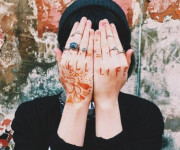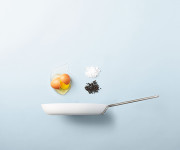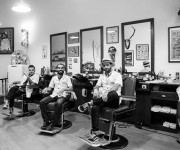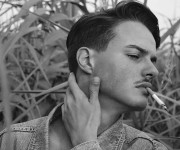There is no person on this earth who has some super powers, everybody says. While looking at Lukas Feireiss and his biography, it is easy to start doubting how it is possible to get deeply into so many spheres and analyze controversial concepts, which somehow interface with each other at the hands and minds of this multitasker man. He runs the interdisciplinary creative practice Studio Lukas Feireiss, which is orientated at the art, visual culture and communication, architecture, urbanization and philosophy, fashion and analysis of the processes of XXI century society. “Berlin has naturally had a massive influence on me. In particular, it’s general open-mindedness and fundamental non-conformance” – beams proper German whose heart beats Italian.
You were studying religious studies, with a minor in philosophy and ethics. How did it happen that you switched to the field of architecture?
The field of architecture was actually always very close to home. I was introduced to it at a very young age, thanks my mother who started Europe’s first private architecture gallery in Berlin in 1980. But only towards the end of my graduate studies, I personally got interested in architecture or rather architecture theory. Whilst searching for a suitable topic for my master thesis in comparative religious studies, I came across a book by French writer and poet Paul Valéry, called “Eupalinos, or The Architect” in which the author, very simply put here, discusses the communicative power of the creative practice of architecture in the form of a dialogical essay. Inspired by the reading I started to look into the ideas and theories behind architectural forms, and began to understand architecture more and more as a powerful bearer of meaning. Eventually I wrote my thesis on the language of contemporary church buildings that to me represent concrete manifestations of rather abstract principles. I guess, it was at latest then, when the architecture virus fully hit me.
Looking at your portfolio stimulates an idea you are a real multitasker. Giving the lectures and workshops at the different places all around the world concerning controversial topics, writing books and analyzing various concepts, organizing and curating exhibitions and galleries, consulting on design and layout issues, being even involved in collaborations with the fashion designers. Could you distinguish one sphere which is your major? How do you manage all these activities at once?
None of these seemingly disparate spheres are possible for me without the other. They strongly inspire and influence one another in a collage-like way. Somehow, they are all unified by my personal pursuit of conceptually and visually communicating diverse subjects of cultural relevance to a wider public. This may be in the form of a book, an exhibition, a symposium or any other event, or by teaching, consulting and designing. At the end of the day, these are all just different formats of knowledge dissemination to me that cultivate contemporary cultural reflexivity.
Some people call the capital of Germany as a city of the dreams. STUDIO LUKAS FEIREISS is located in a very active and diverse part of Berlin – Kreuzberg, Moritplatz. What interests me is your attitude about Berlin, its transformations in the architecture and social actions. What is your favorite place here? Do you foresee the future of Berlin?
That’s a big question. As a natural-born Berlin, I believe that this city is currently experiencing a serious identity crisis, whose outcome will very likely determine the future of the city. Berlin’s distinct quality of providing a somewhat unforeseeable urban landscape, which escapes the restraints of organized public space and time (and the main reason for its current fame) is now at risk of being lost to more conservative and generic interpretations of city development. I am rather curious to see in which the pendulum will swing. Favorite places in the city? In the summer I love to sit on top of the Kreuzberg hill and drink some wine. It’s a beautiful and relaxed place. Walking around the lakes, Schlachtensee and Krumme Lanke, is also one of my all-season favorites.
Each city is communicating something special which is used to create the brand of a place. What should definitely be included in the brand of Berlin? Would you say, the place that you are based – Berlin – made an influence to your personality? In what ways?
Well, Berlin is in a way a prime example of the phenomena, that every city is to some extent both a benefiter and prisoner of its own myth and cliché. For the last couple of decades Berlin has been internationally hailed as Europe’s creative capital. Elected by a young generation of creatives from around the world as a unique artistic haven and libertine playground.
And yes, Berlin has naturally had a massive influence on me. In particular, it’s general open-mindedness and fundamental non-conformance. Berliners have a bit of a rough humor but a very warm heart.
“After many years of disapproval and prohibition, the tattoo has become an accepted form of creative self-expression.” – you say. Tell me more about your project “Tattoos For Architects” and collaboration with tattoo artist Javier Rodriguez. You also have some tattoos; does it have a special story/meaning?
Tattoos for Architects, was a project that evolved very spontaneously while Javier was working in my studio for some time. We both come originally from a graffiti background and are very much into tattooing. Almost naturally we then came up with the idea of creating an ironic hand-drawn tattoo flash dedicated to the profession of architecture. The deliberately simplistic motives are full of pretty blunt references as well as rather hidden citations of architecture history and theory. Funny enough, the project went completely viral on Facebook. We ended up transforming the studio into a temporary a tattoo parlor for one day this summer and actually tattooed a bunch of people. It was a lot of fun.
Do you know where you want to see your work progress in the few years? What are the upcoming plans?
I would love to see my work develop even further in the direction I have taken. For the near future I am looking forward to seeing my new book “Memories of the Moon Age” being released by Spector Books. It’s a cultural visual history of mankind’s fancy of flying to the Moon, and maybe one of my best works so far. I am looking forward to teaching again at the DesignLab of the Rietveld Academy in Amsterdam this year, and developing the overall graphic design for an upcoming Frei Otto exhibition at the ZKM in Karlsruhe next year. I am also involved in a very interesting collaborative project with the Goethe Institute in Lagos, Nigeria and I am currently working on my contribution to the upcoming Shenzhen Biennial this December in China.
Thank you!

